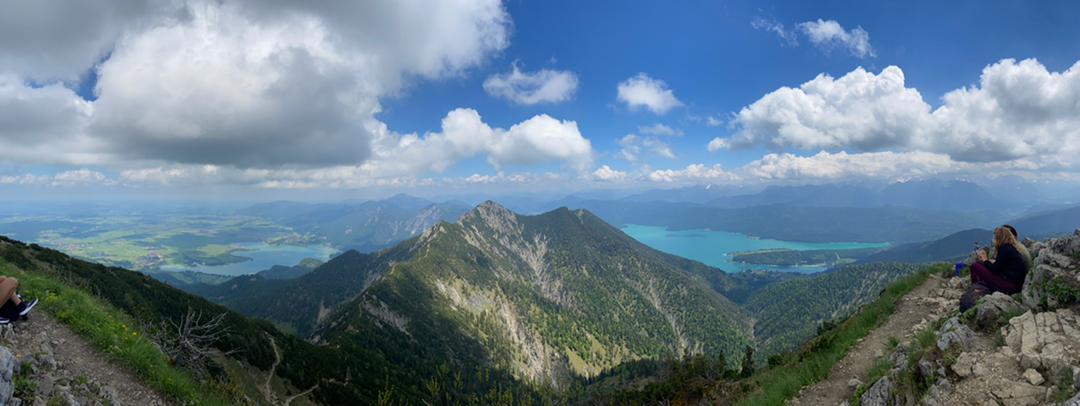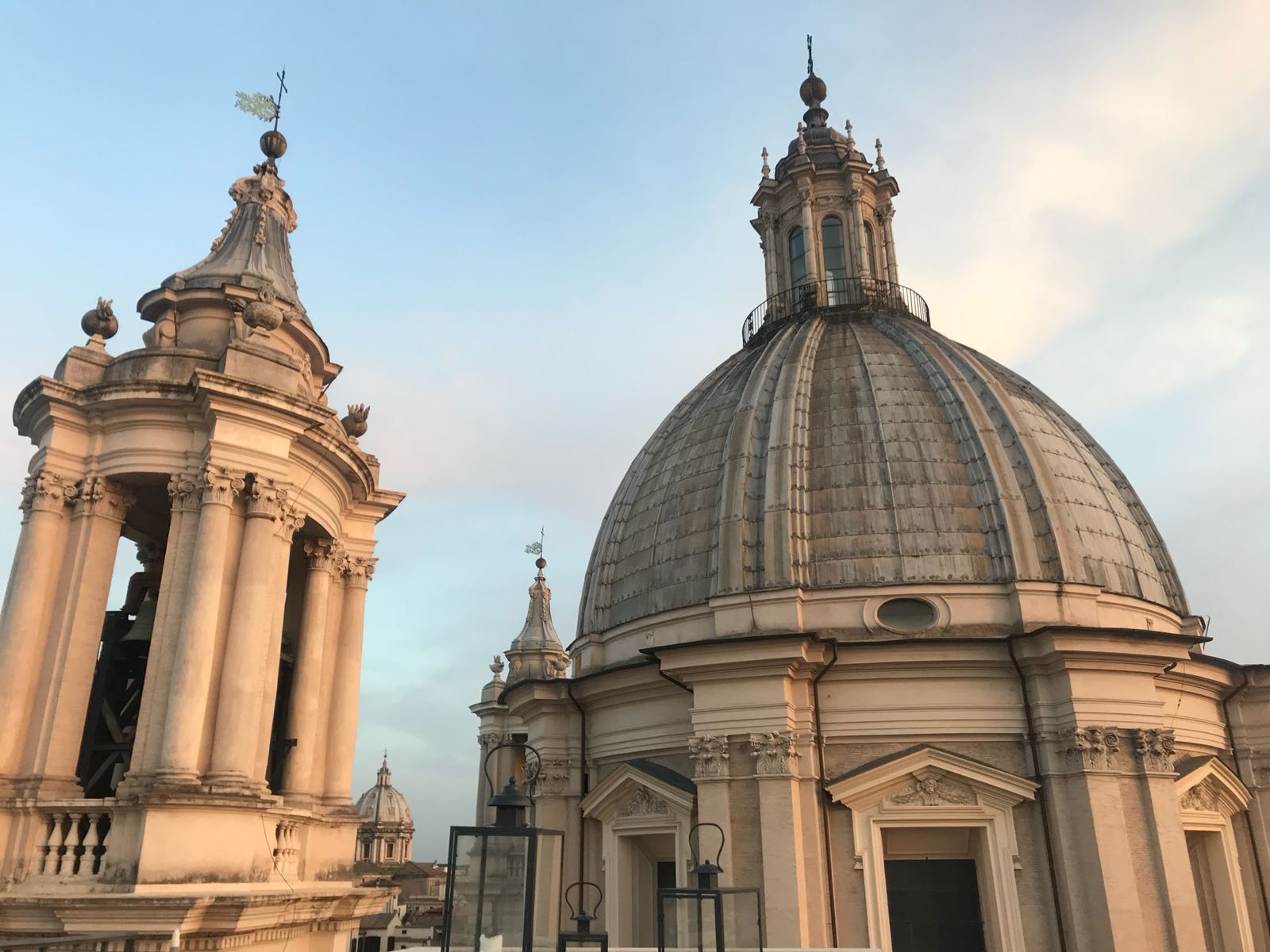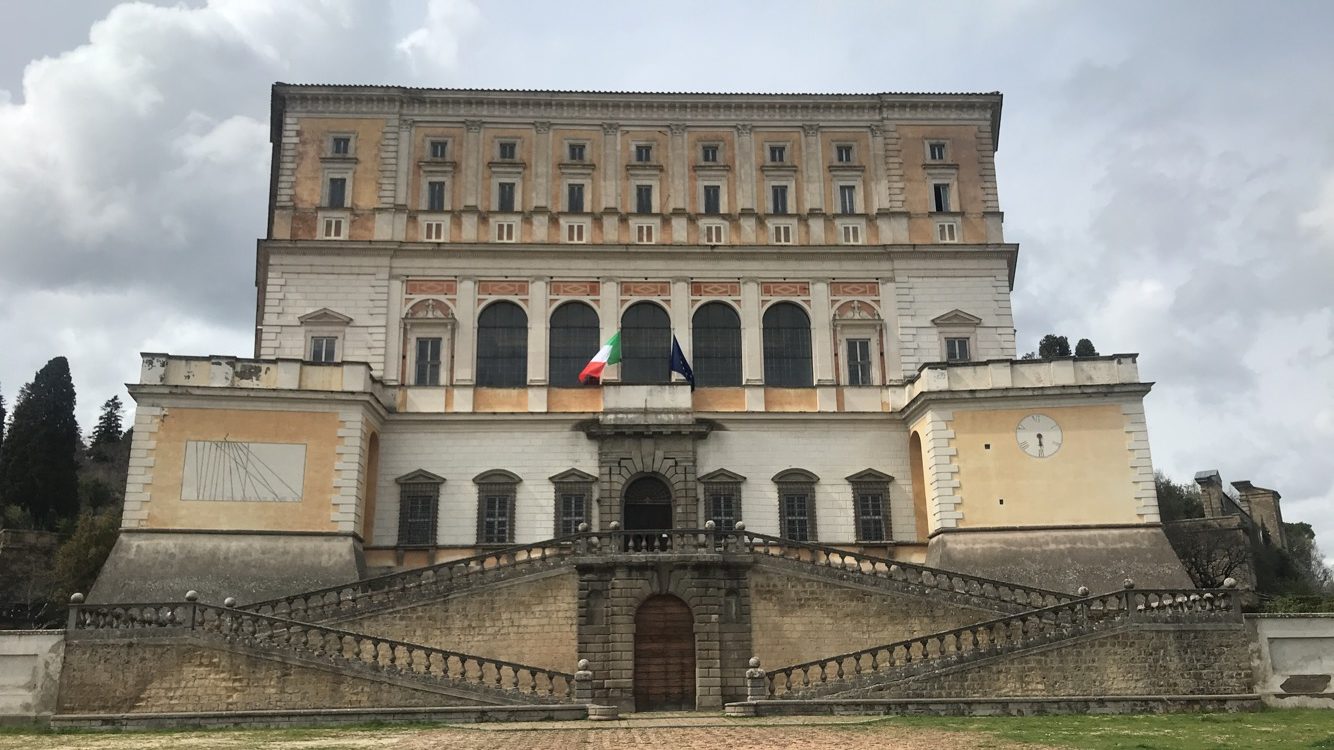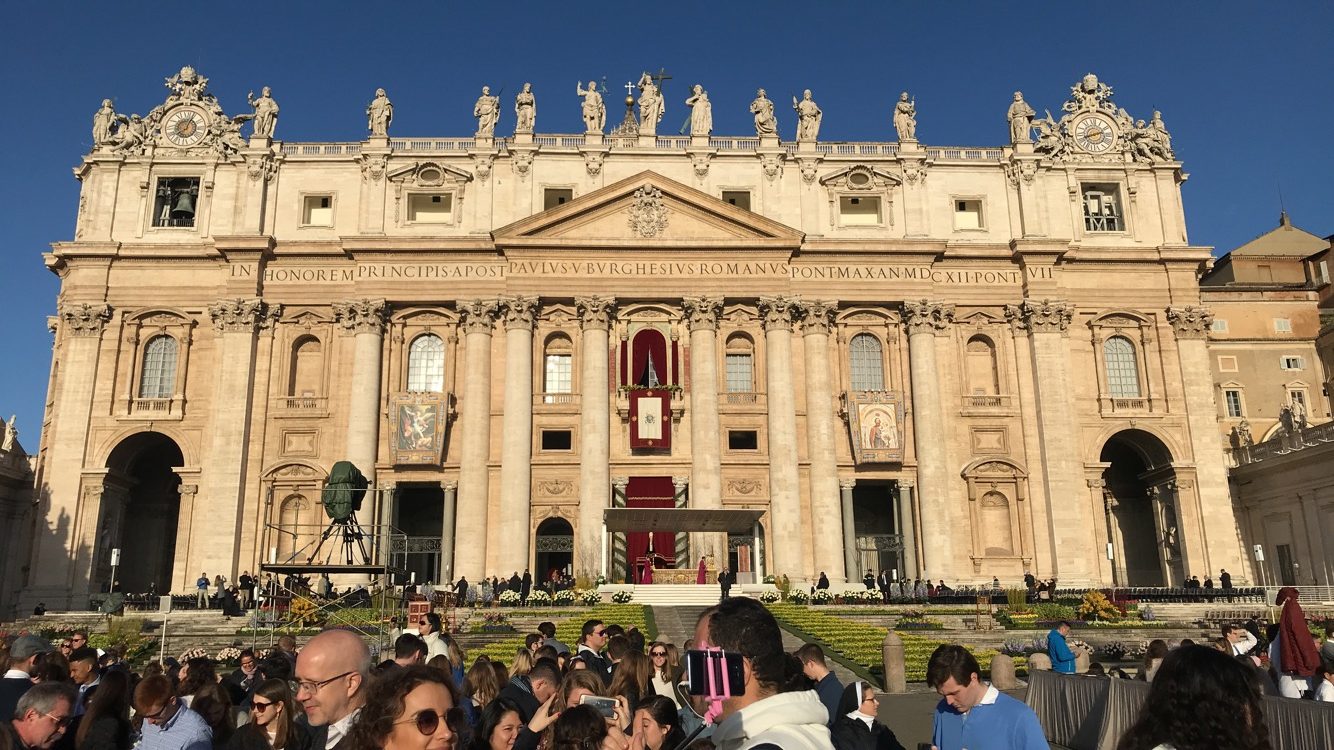Wednesday morning a group of eight of us woke up very early to depart for the first part of my Winter Break Adventure: Germany!! Leg one includes Berlin, Dresden, Hamburg, Cologne. I felt that all the time I spent in German class from seventh grade to senior year led up to this moment! As we arrived in the early afternoon, we checked into our hostel and headed toward the Christmas Markets at Alexanderplatz. I was excited to have bratwurst and french fries for lunch! We shopped a little and moved on down the road to another set of Christmas Markets. Be prepared: There will be a plethora of Christmas Markets this trip! We then went to the Berlin Cathedral to explore. Once inside, we found a choir group practicing for an upcoming concert, so we were treated to a few songs. After visiting the Cathedral, we went to see Checkpoint Charlie, a remaining military passage between the former West and East Berlin. Across the corner from Checkpoint Charlie was a pop-up exhibit about the wall, which specifically focused on successful and unsuccessful escape attempts. Afterward, we had a hearty German dinner with beer and then called it a night.
We started Thursday at the East Side Gallery, which is the longest remaining section of the wall that was turned into a mural art gallery. Each mural was distinctly different and touched on a different topic. Some were colorful and positive, while others muted and somber. We then bought museum passes and explored three of Berlin’s fantastic museums! We started at the Jewish Museum, which had a fascinating special exhibit about Jerusalem. We then grabbed a quick Christmas Market lunch and headed to the Pergamon Museum, the museum for ancient architecture. Of the many astounding pieces we saw while there, the Ishtar Gate was rather incredible. As is often the case this year, I was so excited to be able to see something about which we had previously learned. The Ishtar Gate was one of Babylon’s gates into the city and was particularly noted for its beauty. The Gate is made of bricks with colorful ceramic reliefs and three dimensional moldings depicting animals like lions. It was originally attached to an even larger exterior gate, part of the city’s wall complex, and had a large processional route lined with similarly decorated walls leading into the center of the city. It was not until I saw it in person that I truly understood how massive it is. Unfortunately, we were unable to see the collection’s main feature, the Pergamon Altar, because the museum is undergoing extensive renovations. The altar is another structure that we learned a great deal about last year in Architectural History. After the Pergamon, we sped through the Alte Nationalgalerie, an art museum, before it closed. We then grabbed another tasty German dinner in a hidden gem of a restaurant. I had done some research and found an “original version” movie theater, so after dinner we treated ourselves to seeing The Last Jedi (a full day before it was released in the States). As expected, I loved every minute of it. Once the movie ended, we checked out a funky bar our friend recommended where the furniture is stuck on the ceiling.
After the previous whirlwind day, we decided to get a later start on Friday. We began by checking out the Brandenburg Gate and the Memorial to the Murdered Jews of Europe. The memorial is a grid of 2,711 concrete blocks on uneven ground and reaching uneven heights. The blocks are reminiscent of tombstones and you can walk among them until you are fully engulfed by the maze of these structures. Once inside I felt almost secluded and disoriented. The somber experience pushes visitors to reflect on the events of history and to relate them to current genocides.
Following the memorial we crossed the street to the Tiergarten and saw a Memorial to the Homosexuals Persecuted under Nazism and also one dedicated to the German poet Goethe. We then headed to our guided tour at the Reichstag Building which houses Germany’s Parliament. Yet again, we learned a decent bit about this building last year in class. The Reichstag was fascinating for its architectural, historical, and political importance. Not only did this building house parliament long before World War II, it also played a crucial role in an event which helped hand power to the Nazi party. When the building mysteriously caught fire in 1933, a month after Hitler became Chancellor, the Nazis placed blame for the incident on the communist party, saying it was plotting against the government, creating more public sympathy for the Nazis. The building was critically bombed during the war and when the Soviet army took control of Berlin, they ransacked the Reichstag, displaying their flag from the roof and writing all over the walls to commemorate the event. It wasn’t until after the reunification of Germany that parliament was to move back to the Reichstag. When architect Norman Foster was hired to renovate the building, he pushed to expose the Soviet graffiti and topped the building with a new glass dome.
After that we grabbed a late lunch in the Christmas Markets again. This time I got a delicious cheese and ham pretzel. We then proceeded the only remain DDR Watchtower, which stood in the death zone between the two walls that divided East Berlin from West Berlin. The worker there explained how difficult it would have been for someone to cross the border through the layers of lethal deterrents. The guards who worked in the watchtowers were the ones most likely to escape to West Berlin and had the greatest success rate of those who tried. That being said, one in three guards was an informant whose job was to keep a close eye on coworkers who might make a run for it. They worked 8-hour shifts and were randomly assigned to the tower and partner only a few hours earlier. We even got to climb the ladders up to the small room at the top! That evening we took a bus to our next leg of the trip, Dresden!





























Leave A Comment